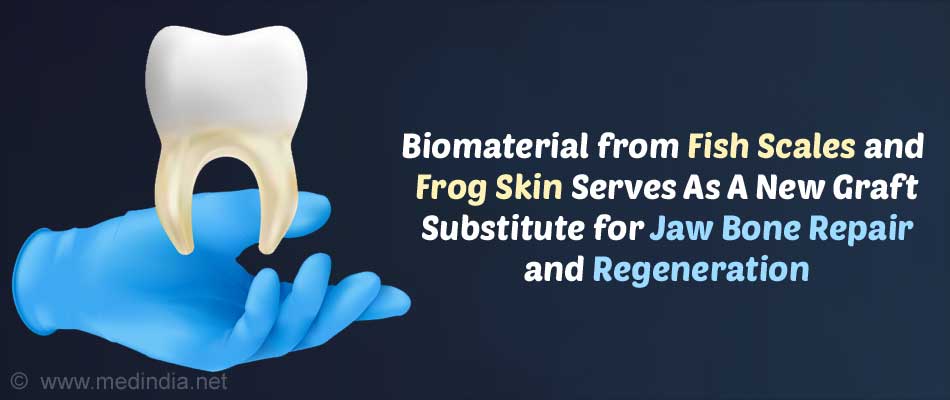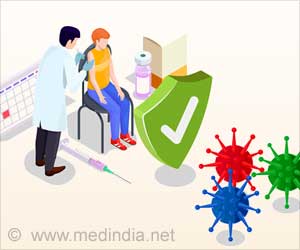from fish scales and Type 1 tropocollagen from frog discarded skin through calcinations process using high heat to remove the organic matter and then air-dried.
When the researchers placed bone-forming cells onto the scaffold, it increased the number of bone cells, indicating that it promotes proper cellular activities and enhances bone formation leading to the formation of new bone tissue.
Using hydroxyapatite (HA), the researchers examining the expression of the gene IL6 in the biomaterial group is negligible, so the risk of triggering an excessive acute inflammatory response is low using this biomaterial.
This research integrates the multiple seafood waste streams into a single high-value product as a sustainable innovation for the aquaculture industry and bringing the waste-to-resource technological pipeline closer to commercialization.
Postoperative Care Tips for Dental Bone Graft
- Applying ice packs to help reduce pain and swelling for the first day or two
- Eating soft, bland foods for the first few days
- Sleeping with your head slightly elevated to help prevent blood from pooling at the site of the incision.
Signs of Trouble Post Dental Bone Graft Placement
References:
- Fish Scales and Bullfrog Skin Targeted
for Oral Tissue Repair – (https://www3.ntu.edu.sg/CorpComms2/Documents/2021/05_May/Dentistry%20Today_210528_bullfrog.pdf) - Ihha induces hybrid cartilage-bone cells during zebrafish jawbone regeneration
– (https://www.ncbi.nlm.nih.gov/pmc/articles/PMC4920169/)
Source: Medindia



